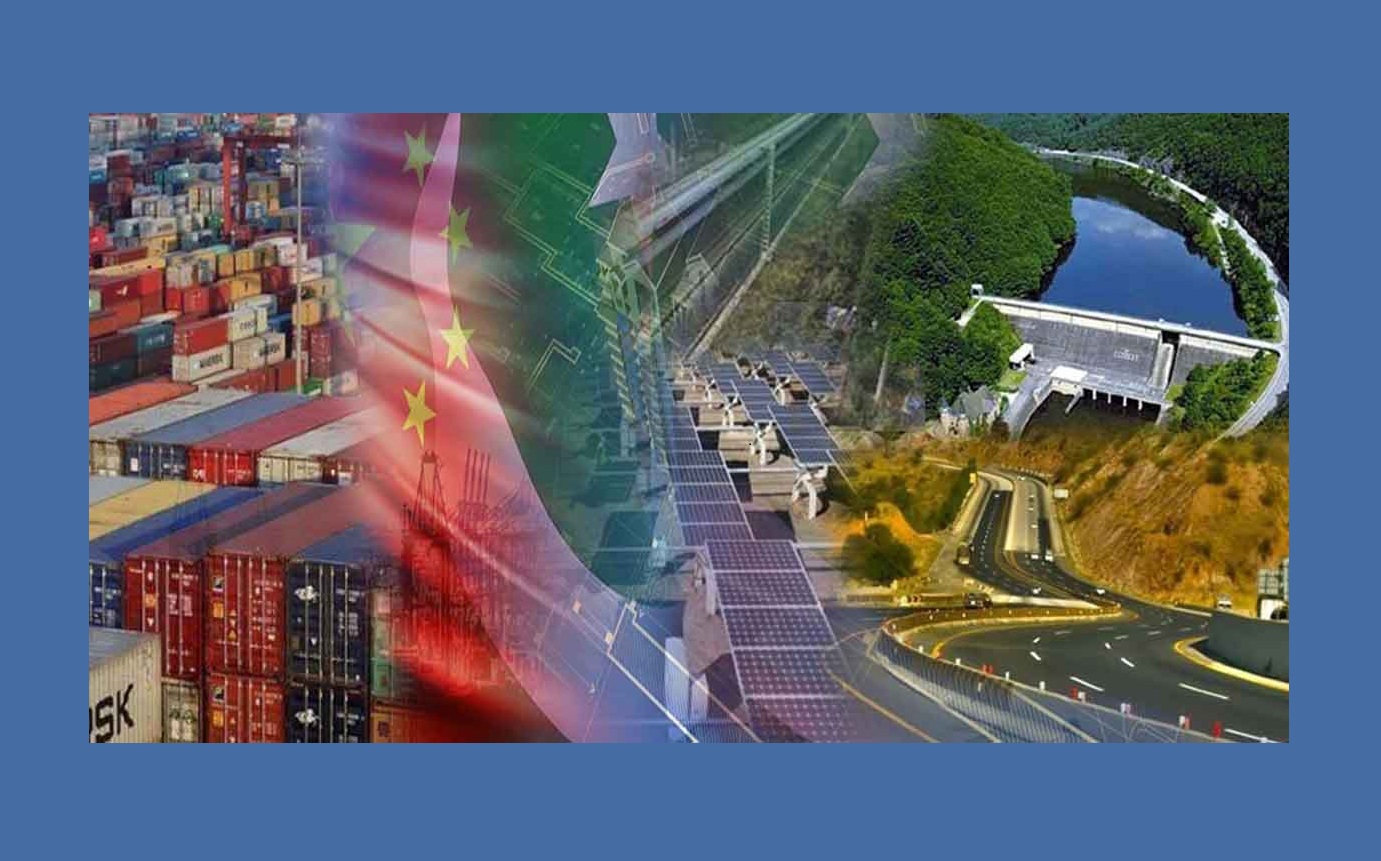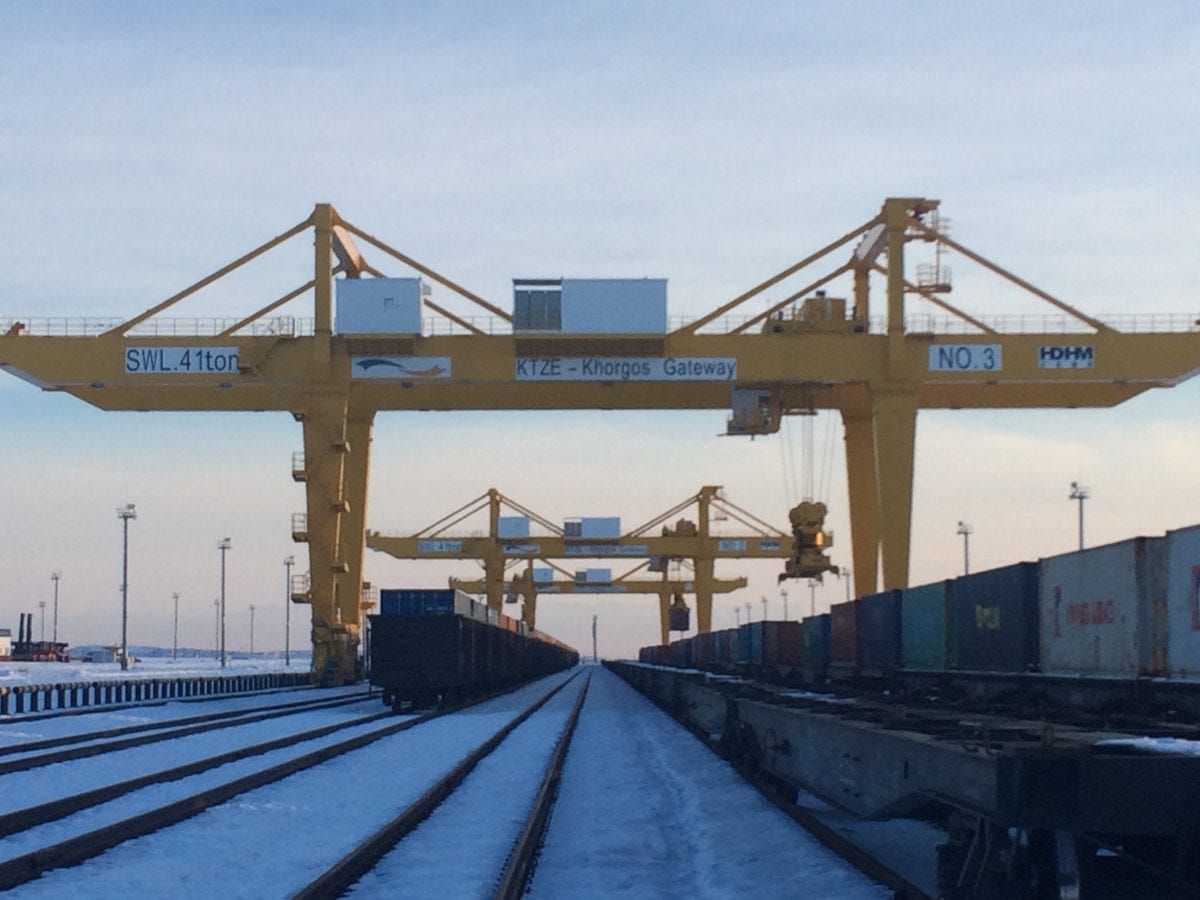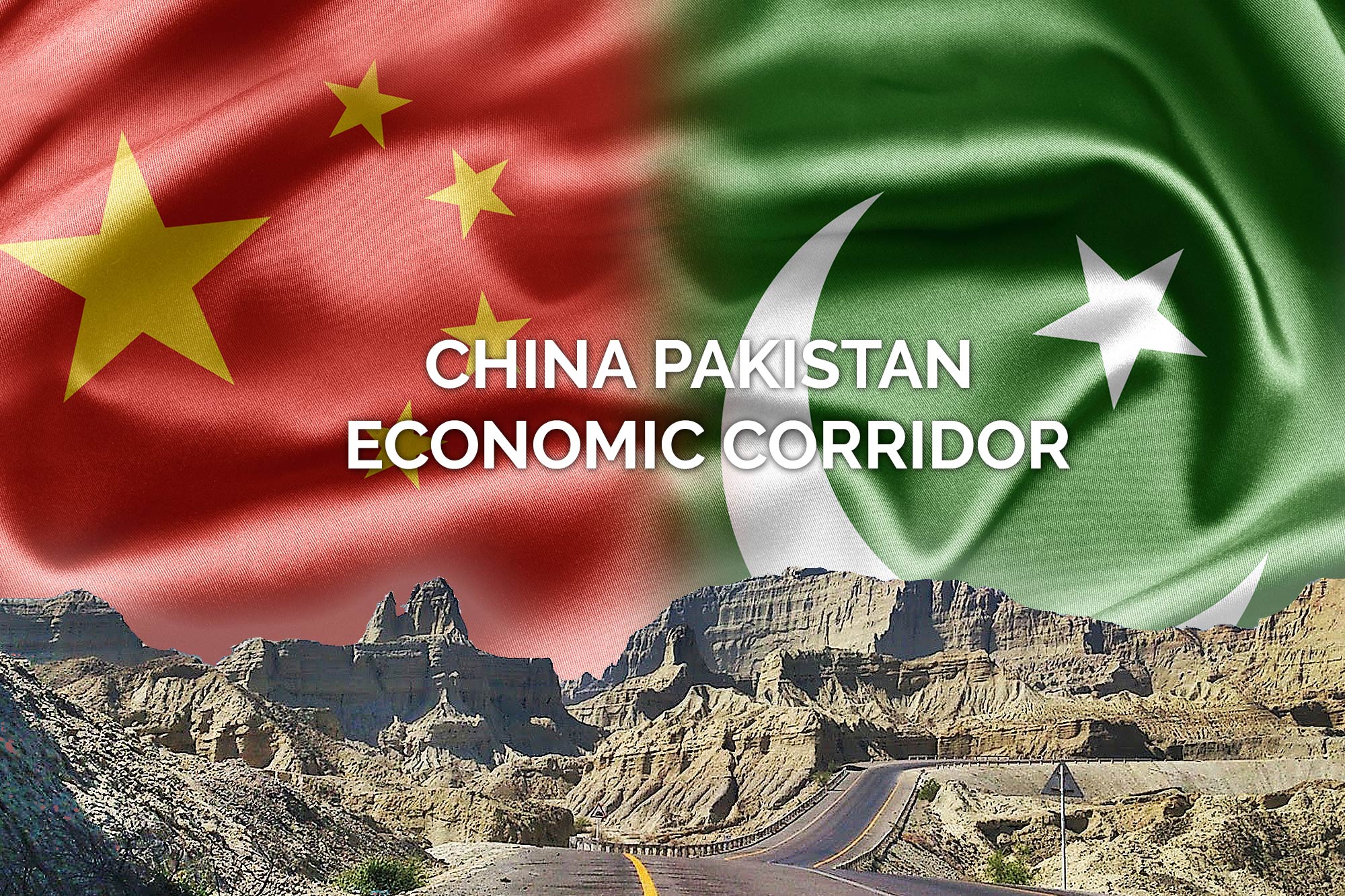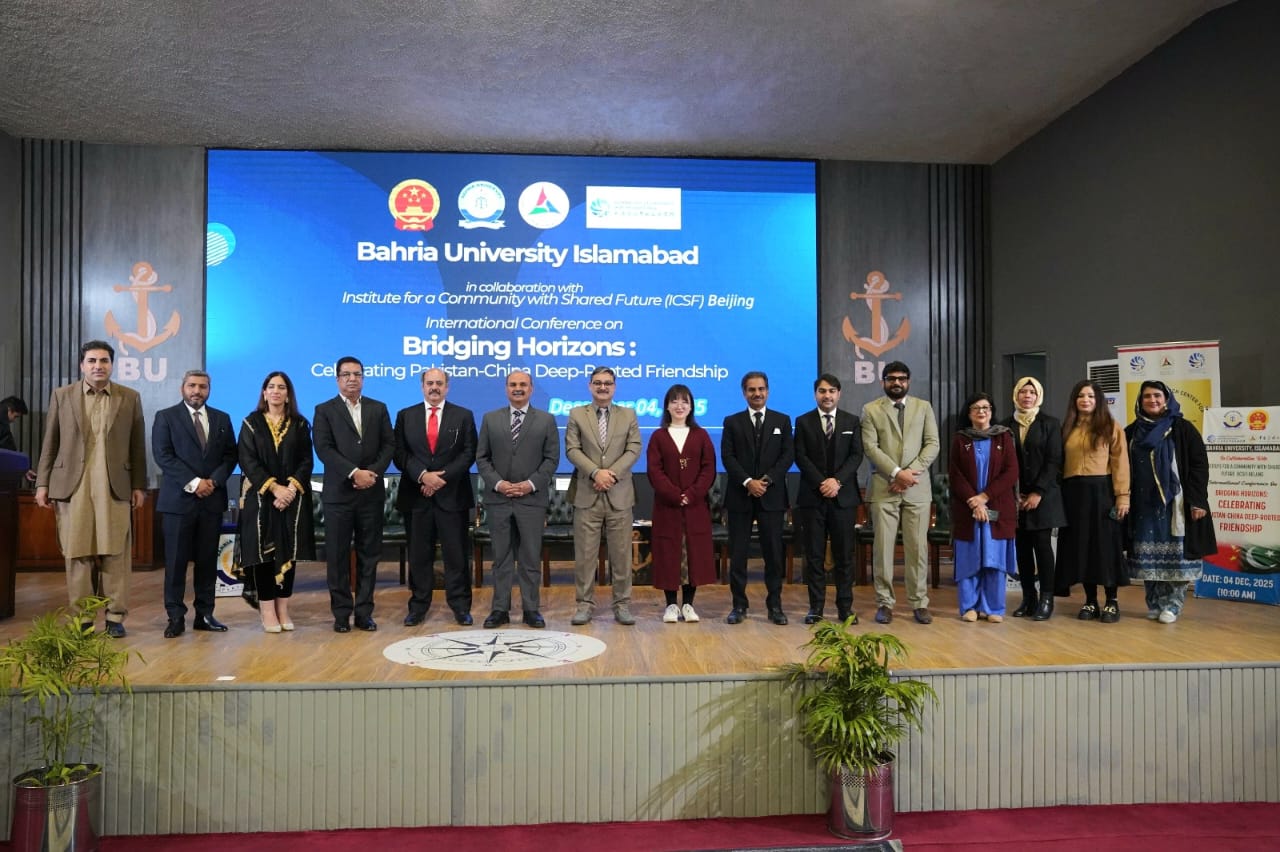The increasing concentration of digital wealth and technological capability in a few global centers poses a fundamental challenge to balanced global development. As advanced technologies like Artificial Intelligence (AI) become central to economic growth and governance, the digital divide risks solidifying into an insurmountable barrier for billions. In response to this global stratification, China is actively channeling its significant technological and infrastructural capacity to promote what it terms technological equality, both within its own vast geography and, crucially, across the developing world.
This effort extends beyond traditional aid, positioning technology as a key driver of shared global prosperity. It is a strategic move, primarily driven by state-backed initiatives, with core platforms like the Belt and Road Initiative (BRI) serving as the principal mechanism for global technology dissemination. The objective is to make the benefits of the Fourth Industrial Revolution—connectivity, data processing, and smart applications—more accessible, affordable, and practically relevant to nations seeking sustainable growth. The approach focuses on inclusivity and scalability, aiming to ensure that digital progress is not an exclusive privilege but a globally available resource.
The Internal Foundation: Scaling Digital Inclusion
China’s current focus on global technological outreach is fundamentally informed by its massive, sustained effort to achieve digital parity within its own borders. Over the past two decades, China successfully tackled a pronounced urban-rural digital disparity, deploying high-speed fibre optic and 5G networks across geographically challenging interior and western provinces. This Digital Poverty Alleviation campaign was more than a mere infrastructure project; it demonstrated the effective mobilization of state resources to create a functioning digital ecosystem.
The core lesson from this domestic initiative was that true digital inclusion requires both access and application. Policy mandates fostered affordable internet services and supported the development of user-friendly e-commerce and communication platforms tailored for lower digital literacy levels. These systems empowered remote farmers to engage directly with national markets, illustrating how connectivity, when properly applied, can transform economic participation and bypass traditional logistical hurdles. This experience provided China with a tested model: one that relies on centralized infrastructure funding, standardized technology deployment, and the development of solutions engineered for low-resource environments.
This cohesive operational model is now being adapted for international application. State-owned enterprises and tech giants like Huawei and ZTE offer comprehensive, packaged telecommunications solutions to partner nations, often alongside supportive financing. For many developing economies, this integrated, state-backed approach offers a potentially more rapid and streamlined path to widespread digitalization compared to often fragmented, market-driven options. The emphasis is less on proprietary, cutting-edge consumer gadgets and more on foundational, resilient infrastructure that enables long-term digital self-reliance and fosters an environment where local digital economies can thrive.
The Global Application: Technology Transfer and Empowerment
The Digital Silk Road (DSR), the technological component of the BRI, serves as the primary conduit for China’s strategy of technological equity. The DSR focuses on transferring specific, scalable technological capabilities that directly address common developmental challenges faced by partner countries, from enhancing agricultural yield to improving energy access.
A notable area of focus is the democratization of advanced data capabilities, specifically through space technology. Historically, access to high-resolution satellite imagery and data processing was limited to nations with well-established space agencies. Companies such as the Hangzhou-based STAR.VISION Aerospace are challenging this exclusivity by developing and transferring AI-powered satellites. For instance, the provision of Oman’s first intelligent computing satellite in 2024 offers local experts the capacity to process critical hyperspectral data in orbit. This capability allows local teams to monitor environmental changes, track crop health, and predict resource needs in near real-time, effectively transferring a high-level technological tool for practical, localized problem-solving. It represents an important step in making sophisticated Earth observation accessible to nations that lack indigenous aerospace programs.
Furthermore, the drive for equity is visible in solutions aimed at reforming the economic value chain. In the agricultural sectors of many BRI nations, transparency and fair pricing remain significant hurdles. Blockchain technology is being utilized in collaborative ventures to enhance economic justice. The example of the Zimbabwean startup Wazisana demonstrates the application of blockchain to create immutable records of the agricultural supply chain. By guaranteeing transparency from harvest to final buyer, the platform enables African farmers to bypass layers of intermediaries, potentially improving their earnings while offering global buyers verifiable, traceable produce. This application illustrates the use of advanced technology to address basic issues of market fairness and economic visibility.
On the ground, the focus is on practical, scalable solutions for daily needs. Affordable, lightweight, and easy-to-install portable solar systems, exemplified by efforts from companies like Hong Kong-based Solvio Solar, are being promoted to improve energy equality. These systems provide decentralised power in areas with unstable or non-existent grid access, ensuring that basic digital necessities—such as charging devices and powering local hubs—are not dependent on large-scale infrastructure overhauls. Collectively, these initiatives demonstrate a strategy where technology transfer is prioritized to deliver tangible improvements in food security, energy access, and economic fairness, establishing a model of shared technological progress.
Shaping the Digital Future: A Shared Governance Perspective
China’s extensive efforts to promote technological equality ultimately feed into its broader proposal for a new global system of digital governance—one that places universal access and shared progress at its core. This vision, encapsulated by the phrase “a shared future in cyberspace,” suggests that the norms, standards, and benefits of global digital infrastructure should be determined through multilateral consultation, serving the common good rather than the narrow interests of a few dominant technological powers.
This perspective often highlights the essential necessity of basic digital access and infrastructure before sophisticated regulatory debates can take meaningful hold for developing nations. By prioritizing the transfer of reliable and affordable technology—from telecommunications systems to data management tools—China aims to nurture the digital sovereignty of smaller nations, empowering them to manage their own data and build their own local digital economies.
In a global context marked by technological competition, China’s drive for technological equality presents a significant alternative development model. It’s a strategy that views technological progress not as a zero-sum competition, but as a critical tool for global collective upliftment, aiming to ensure that the foundational benefits of the digital era are broadly distributed and accessible to all.
Mr. Qaiser Nawab, a global peace activist, is a distinguished international expert specializing in the Belt and Road Initiative (BRI), Afghanistan, Central Asia and founder of the Belt and Road Initiative for Sustainable Development (BRISD), a newly established global think-tank headquartered in Islamabad, in conjunction with the one-decade celebration of BRI.













